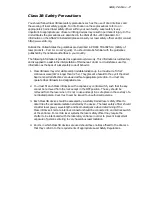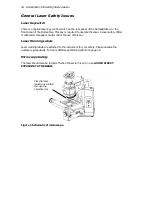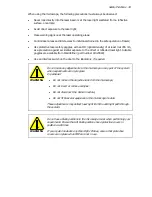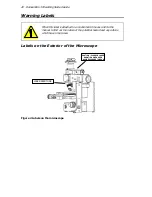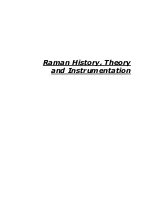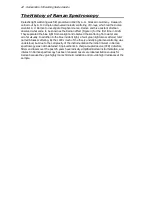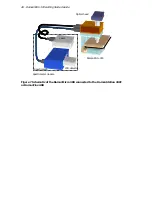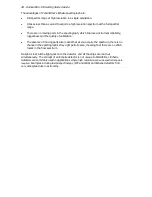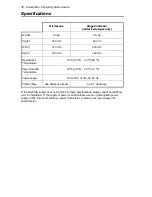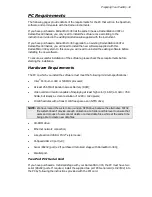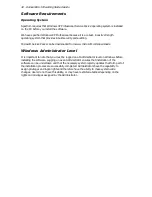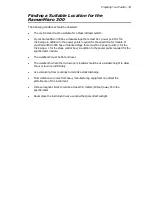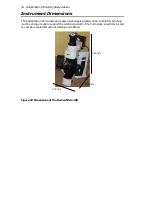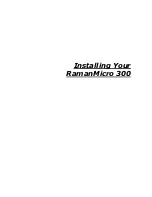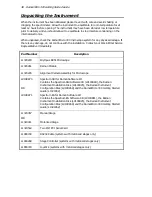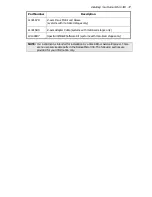
Raman History, Theory and Instrumentation . 23
Raman Theory
When photons from a monochromatic light source impinge on a sample, a small fraction are
scattered in all directions. Some of the scattered photons are of the same energy as those of
the incident beam, and hence the same frequency, giving rise to Rayleigh scattering
Figure 3 The Raman effect: irradiation of sample and subsequent scatter
Some photons will be inelastically scattered and will be detected at either longer wavelengths
(lower frequencies,
ν
’, Stokes scattering) or shorter wavelengths (higher frequencies,
ν
’’,
Anti-Stokes
scattering). With Stokes scattering, some of the incident photons give up a
portion of energy to the molecules and are detected at a lower frequency (longer
wavelength) than the Rayleigh radiation (Figure 4).
Figure 4 Rayleigh, Stokes and Anti-Stokes scattering
Virtual Energy State
Rayleigh
Anti-Stokes
Stokes
Excited Energy
ν
= 0
ν
= 0
ν
= 0
Wavenumber/ cm
-
1
O
No change in energy
no useful information
Shift from excitation line
-
in
wavenumber
/ cm
-
1
Int
e
ns
it
y
Wavenumber/ cm
-
1
O
Shift from excitation line
-
in wavenumber/cm
-1
Loss of energy
spectra (Stokes)
Photons gain energy
but, signal is very small,
(anti-Stokes)
Laser Photons in
Sample
Lens
Laser Photons in
Lens
Summary of Contents for RamanMicro 300 Series
Page 1: ...RamanMicro 300 Series Getting Started Guide MOLECULAR SPECTROSCOPY...
Page 5: ...Introduction...
Page 10: ...10 RamanMicro 300 Getting Started Guide...
Page 11: ...Safety Practices...
Page 21: ...Raman History Theory and Instrumentation...
Page 29: ...Preparing Your Facility...
Page 35: ...Installing Your RamanMicro 300...
Page 68: ...68 RamanMicro 300 Getting Started Guide...
Page 69: ...Using the RamanMicro 300...
Page 90: ...90 RamanMicro 300 Getting Started Guide...









